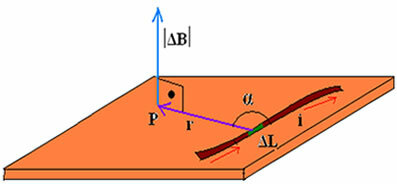The number of deaths caused by earthquake in Syria and Turkey it reached 37,000 people and thousands more victims are homeless. At the beginning of February, on the 6th, a fatal earthquake took both countries with news that could make the death toll reach 100,000.
The 7.8 magnitude earthquake was caused by a 100 km rupture in the tectonic plates located in Arabia and Anatolia. At 4:15 am local time, the earthquake hit southern Turkey. Buildings and different constructions did not resist and immediately fell to pieces, leaving thousands of people under the rubble.
see more
After hacker attacks, Microsoft releases free tools for…
'Barbie' movie predicted to boost Mattel profits…
In addition to the main tremor, after the great ruin, other small earthquakes continued to happen and that was exactly what signed the total destruction of the two countries. This is the deadliest event since 2011, when the Tohoku earthquake hit Japan, followed by a tsunami that was able to claim the lives of 20,000 people.
The death toll recorded in Turkey makes the earthquake third as the deadliest in the country's history. In 1999, the Izmit earthquake was capable of killing 17,000 people and the worst in history was the Erzincan, in 1939, with 33,000 recorded deaths.
Earthquakes in Syria and Turkey: why were they so disastrous?
Observing these events is something capable of moving humanity. Many wonder how an earthquake can cause so much destruction in two countries in this way. Certainly, there are explanations: plate tectonics, uneven construction without earthquake-proof buildings, and soft ground could account for the chaos.
Northwestern Syria and southeastern Turkey are close to three huge tectonic plates: the Arabian, African and Anatolian plates. When colliding, the plates are capable of causing tremors. Experts indicate that the earthquake happened by the plates of Anatolia and Arabia. After decades of pulling away from each other, the stress brought the two plates together at the breaking point, which was able to cause the stress. There are scientists who claim that this tension may have increased over the centuries.
The buildings of the countries began to shake due to the earthquake and the sedimentary, soft soils made the instability even greater, facilitating the collapse of the buildings.
Another issue of great relevance was the time the earthquake hit, when people were sleeping in their homes, making it minimal the chance to leave the buildings. Many of these constructions were not even earthquake proof.
In a statement, scientist David Wald of the United States Geological Survey (ESGS) reported one of the reasons for the chaos:
“It is difficult to watch this tragedy unfold, especially as we have known for a long time that buildings in the area were not designed to withstand earthquakes. An earthquake of this size has the potential to cause damage anywhere in the world, but many structures in this region are particularly vulnerable.”
Lover of movies and series and everything that involves cinema. An active curious on the networks, always connected to information about the web.

